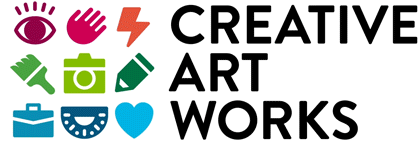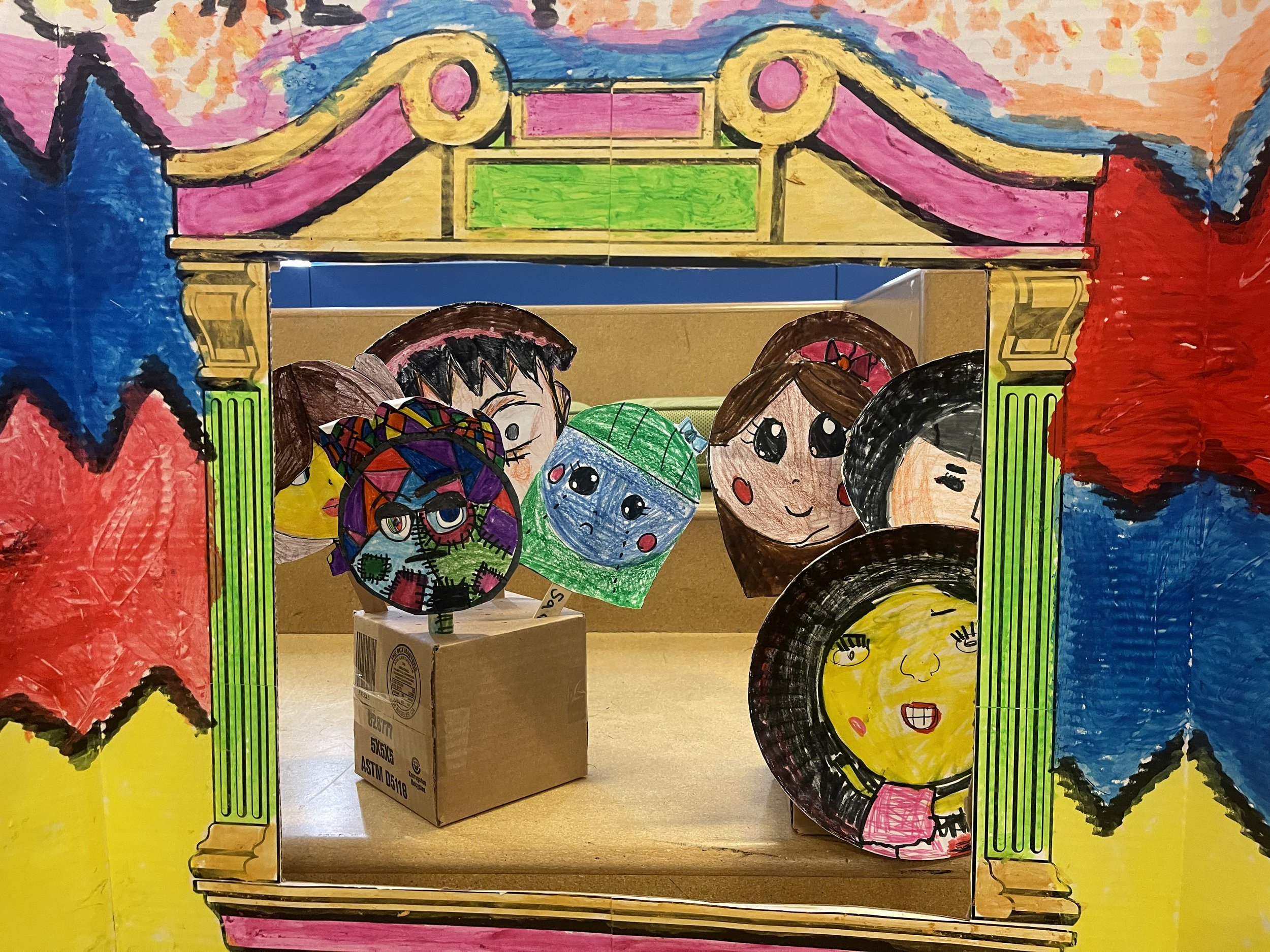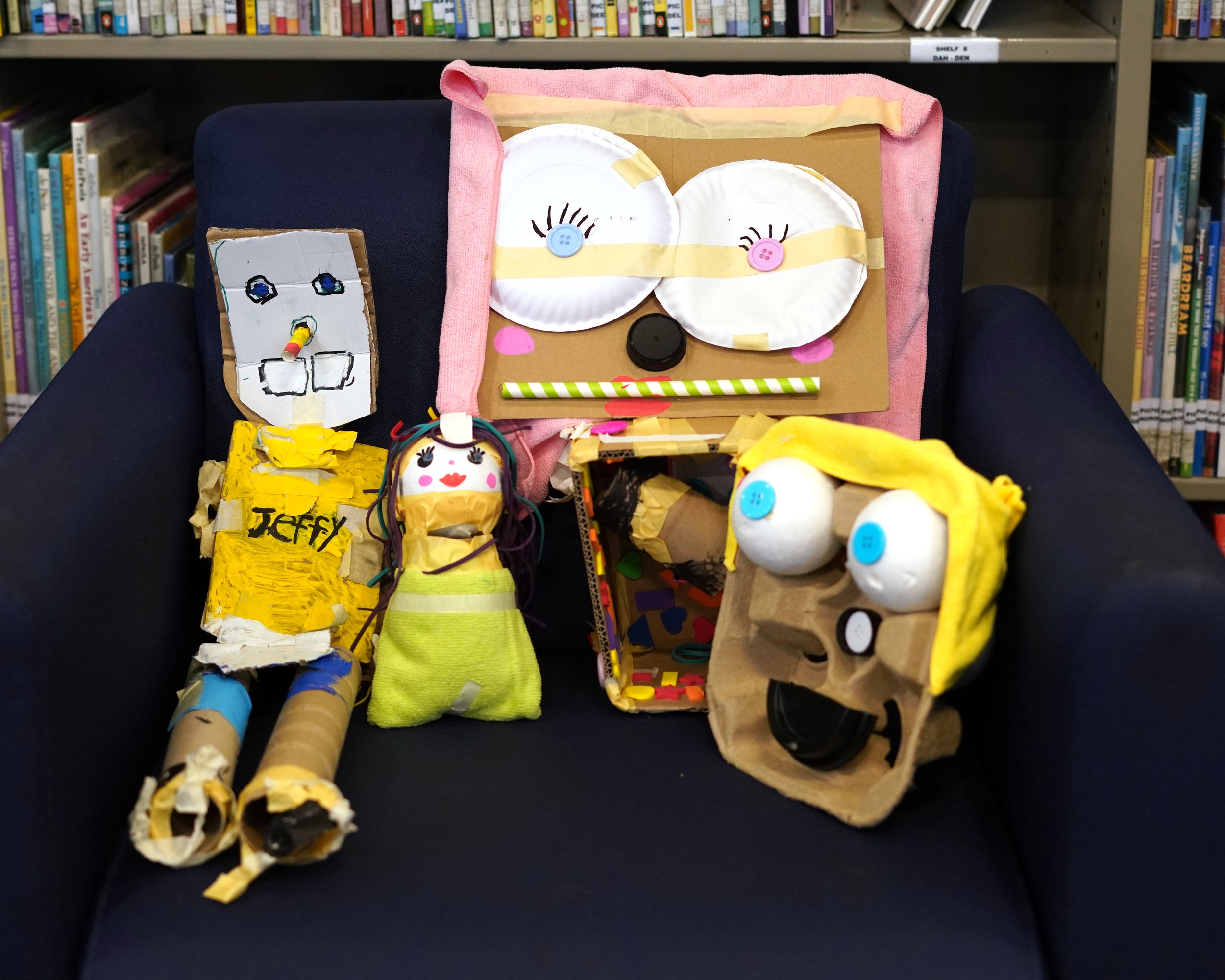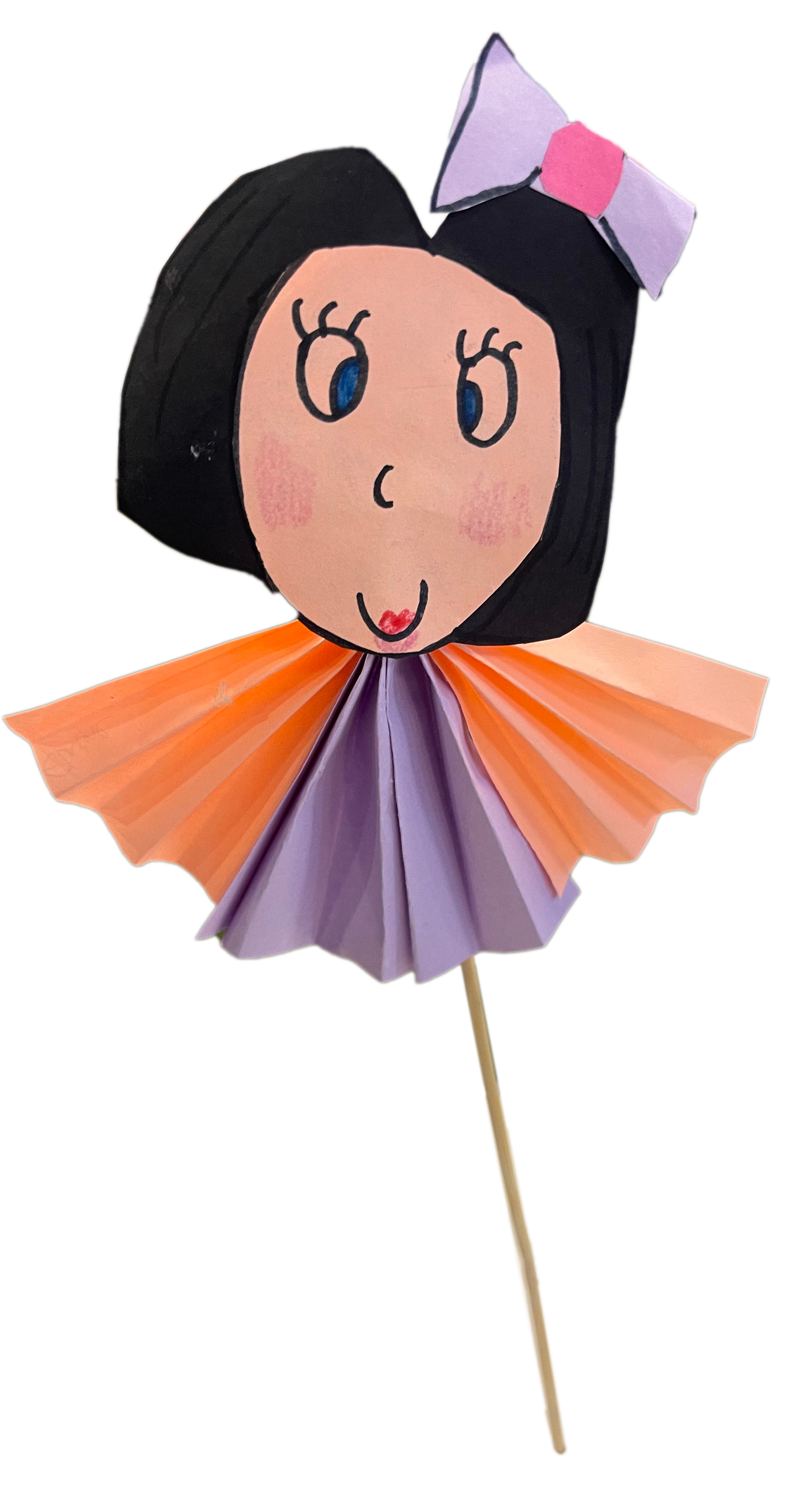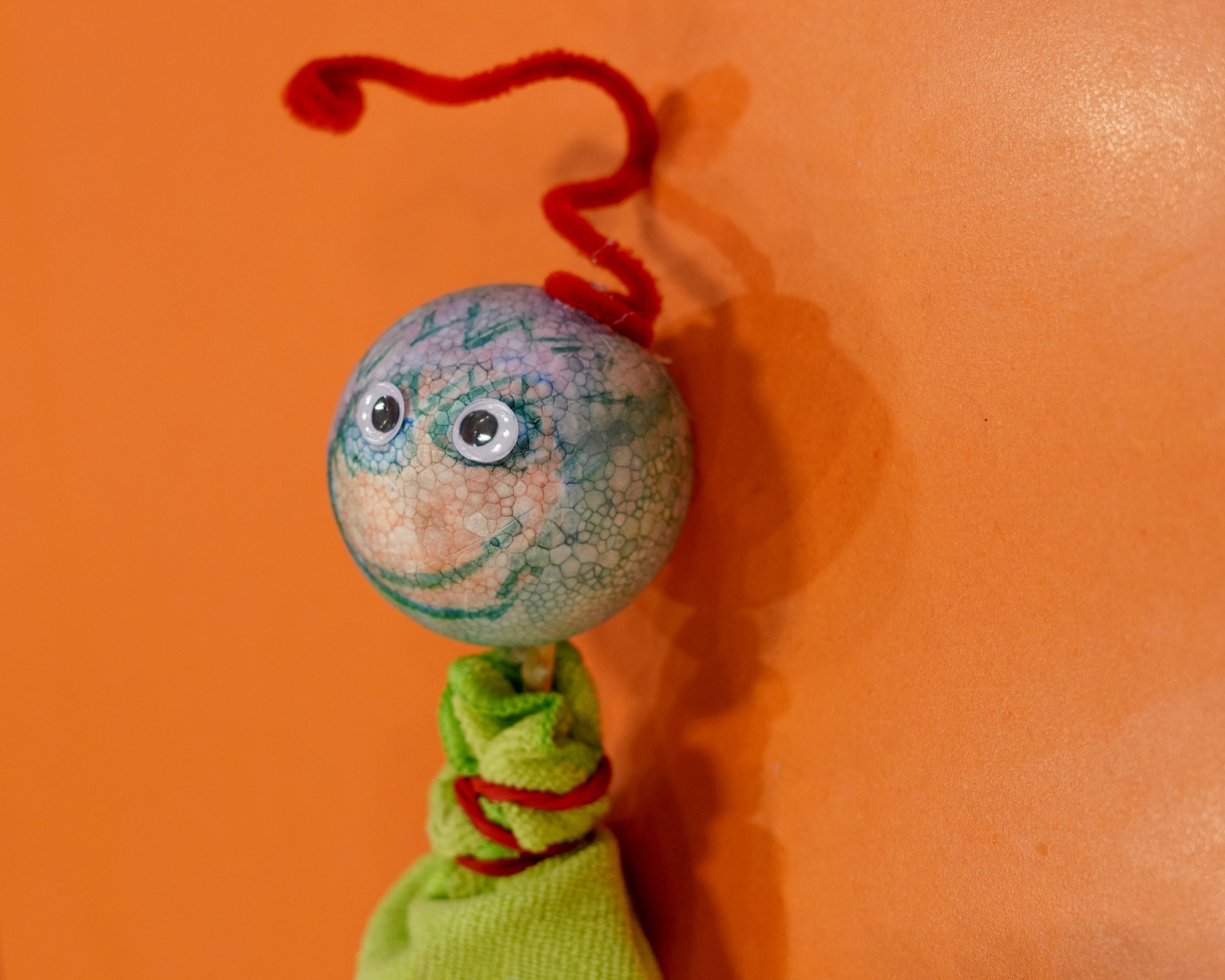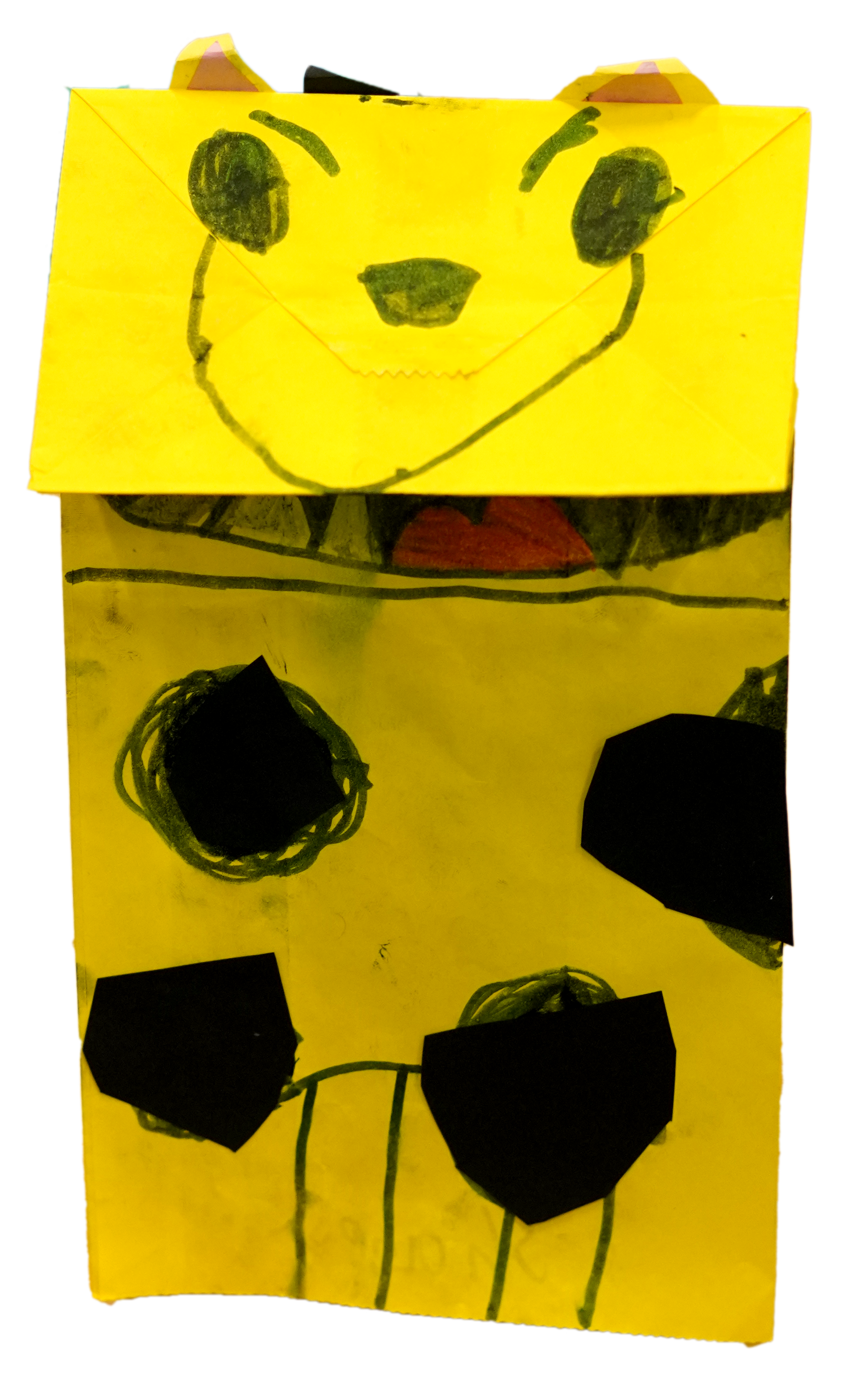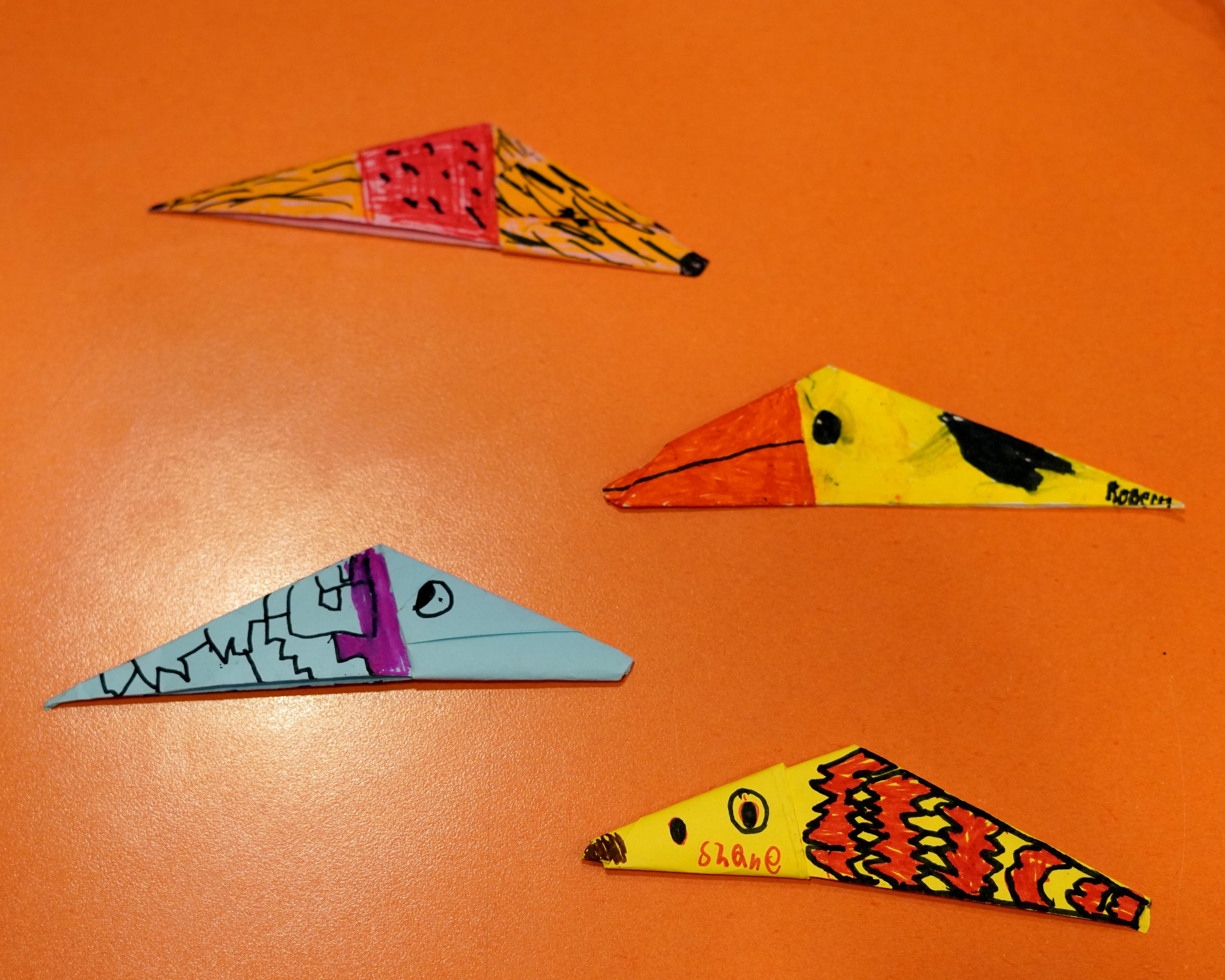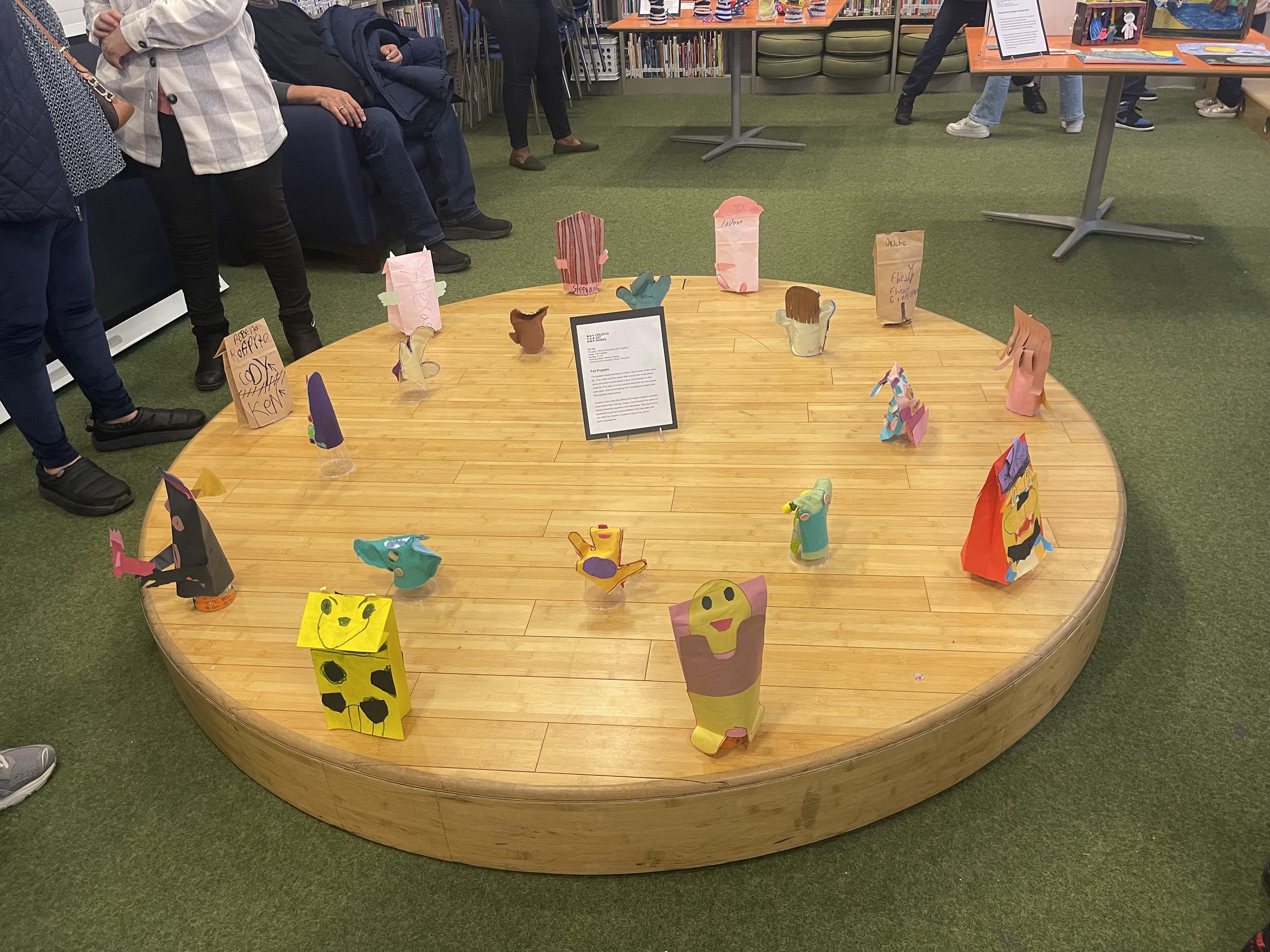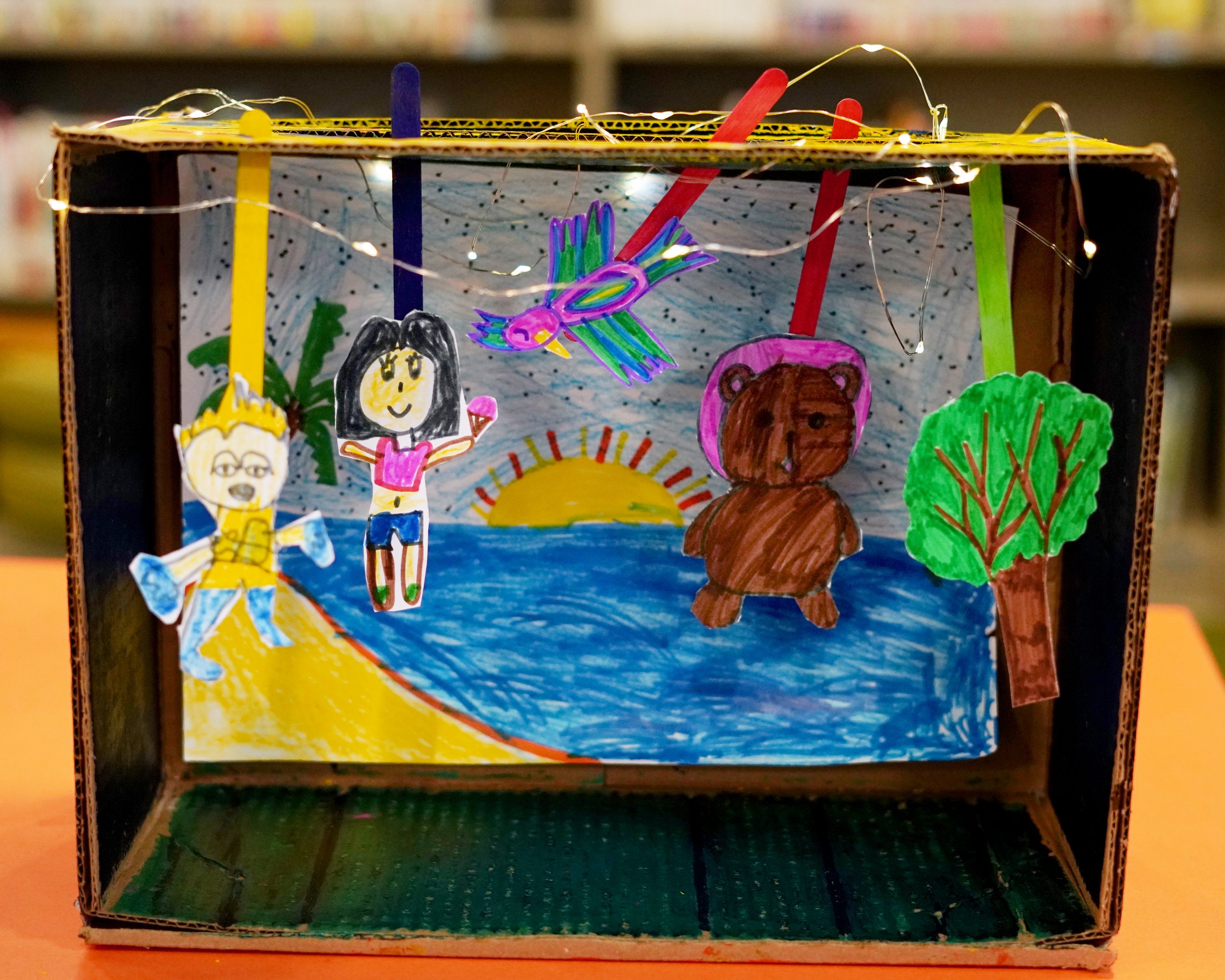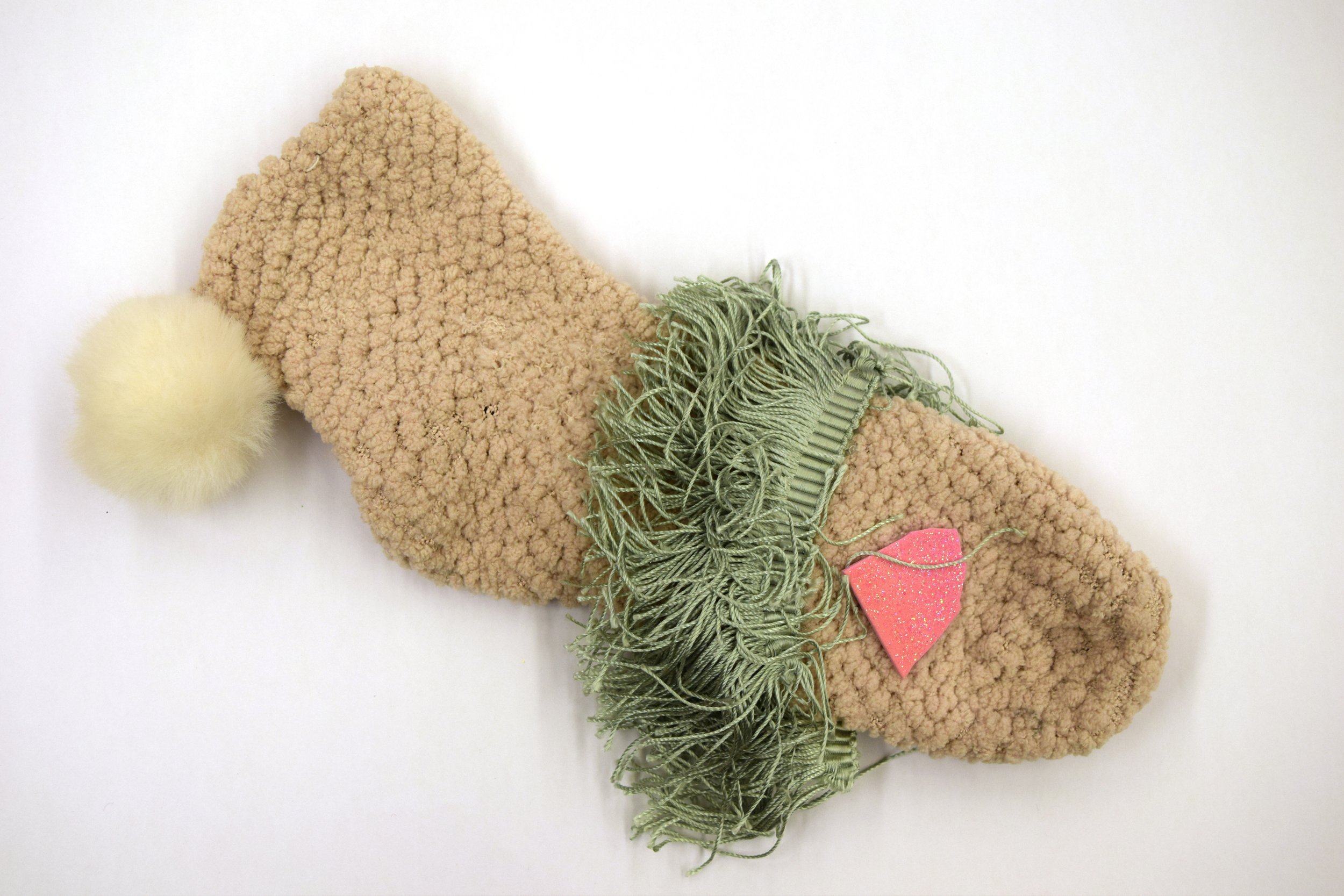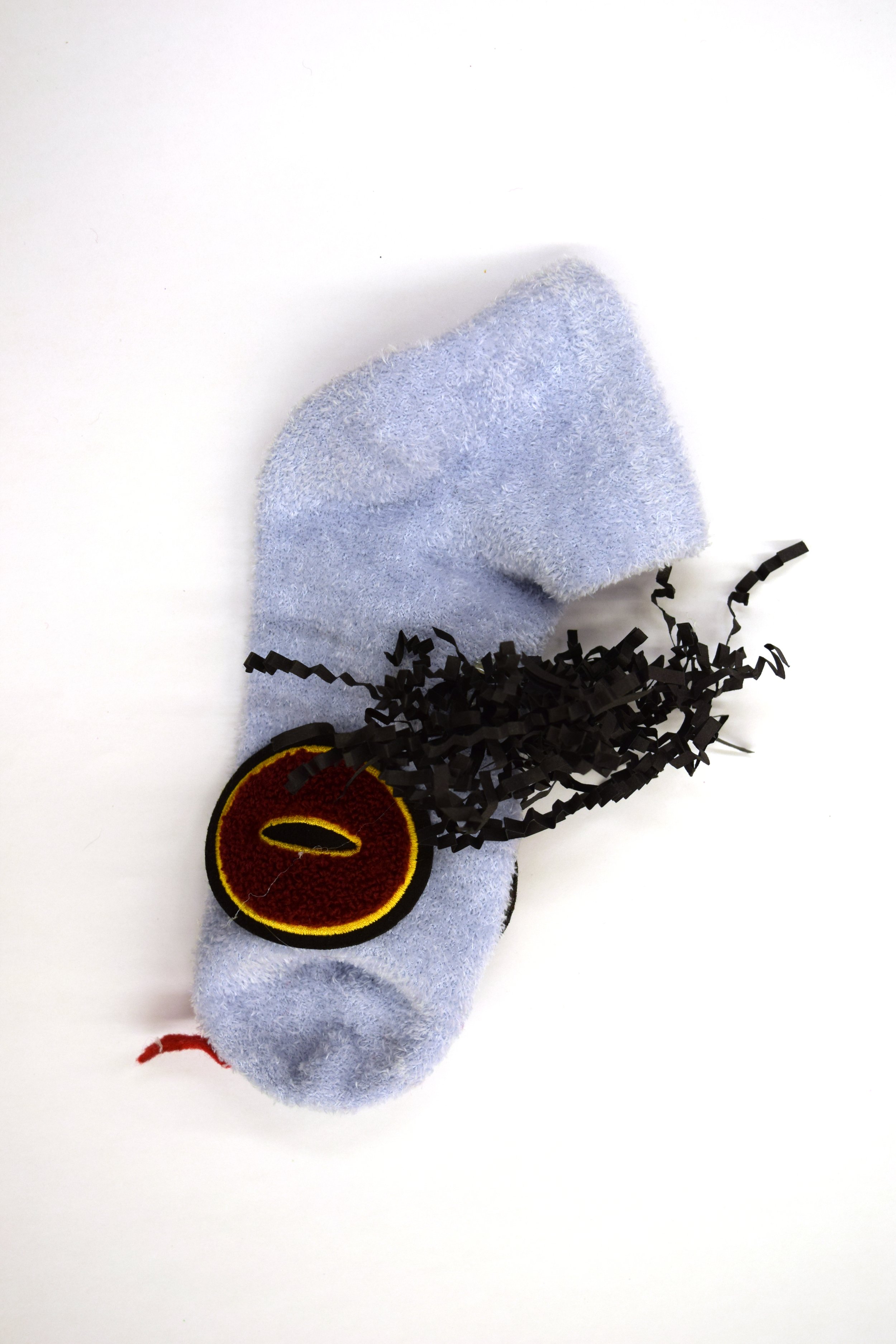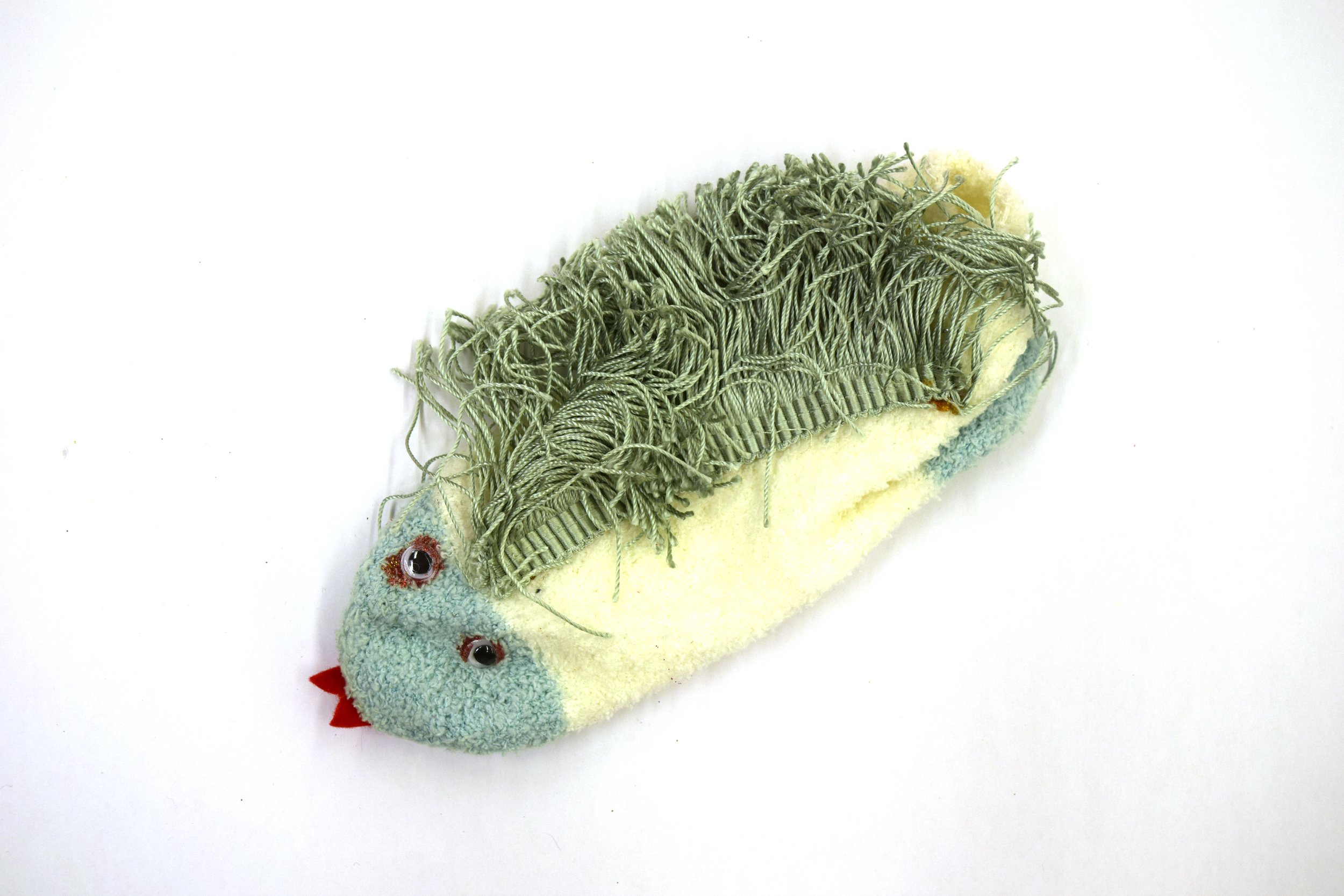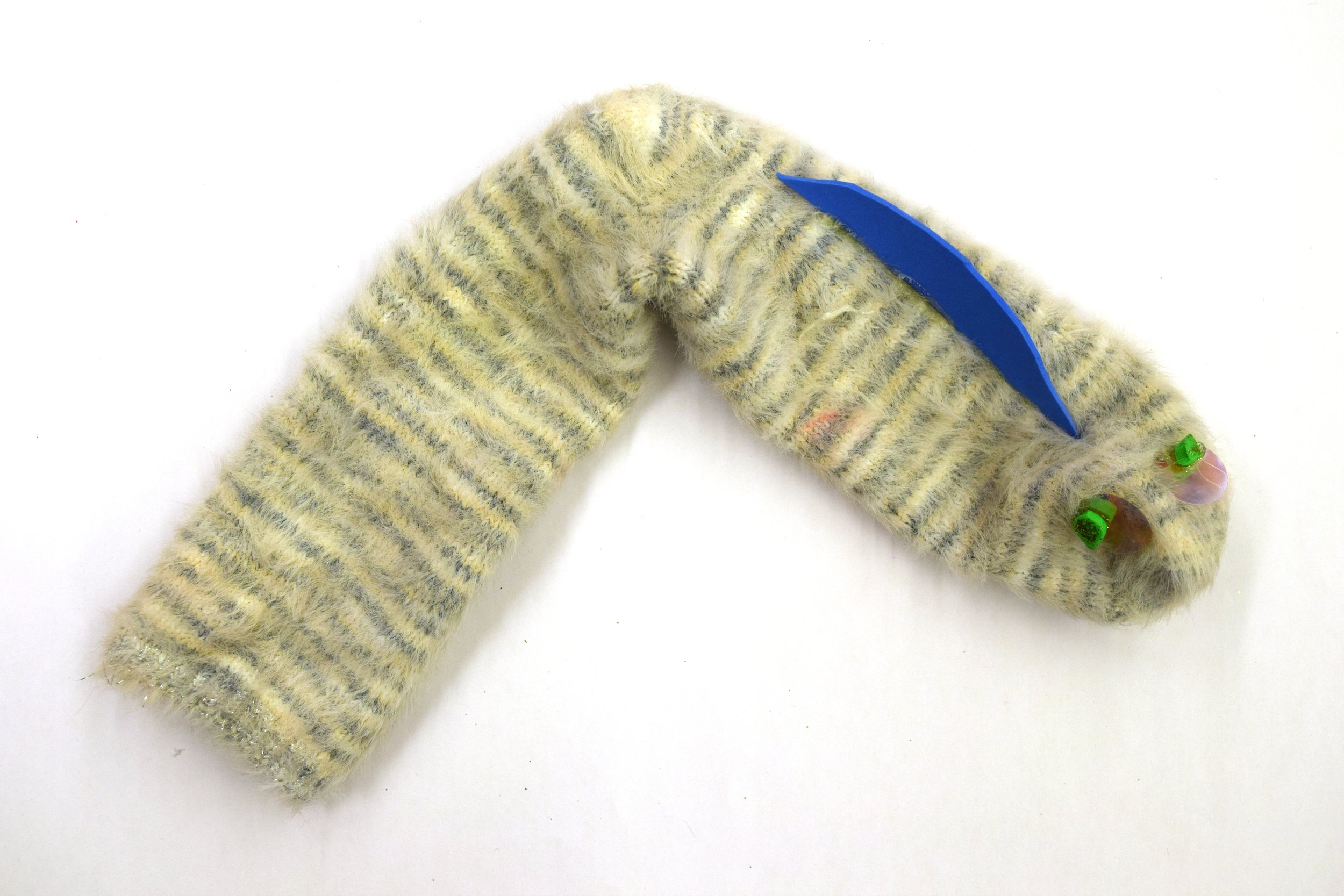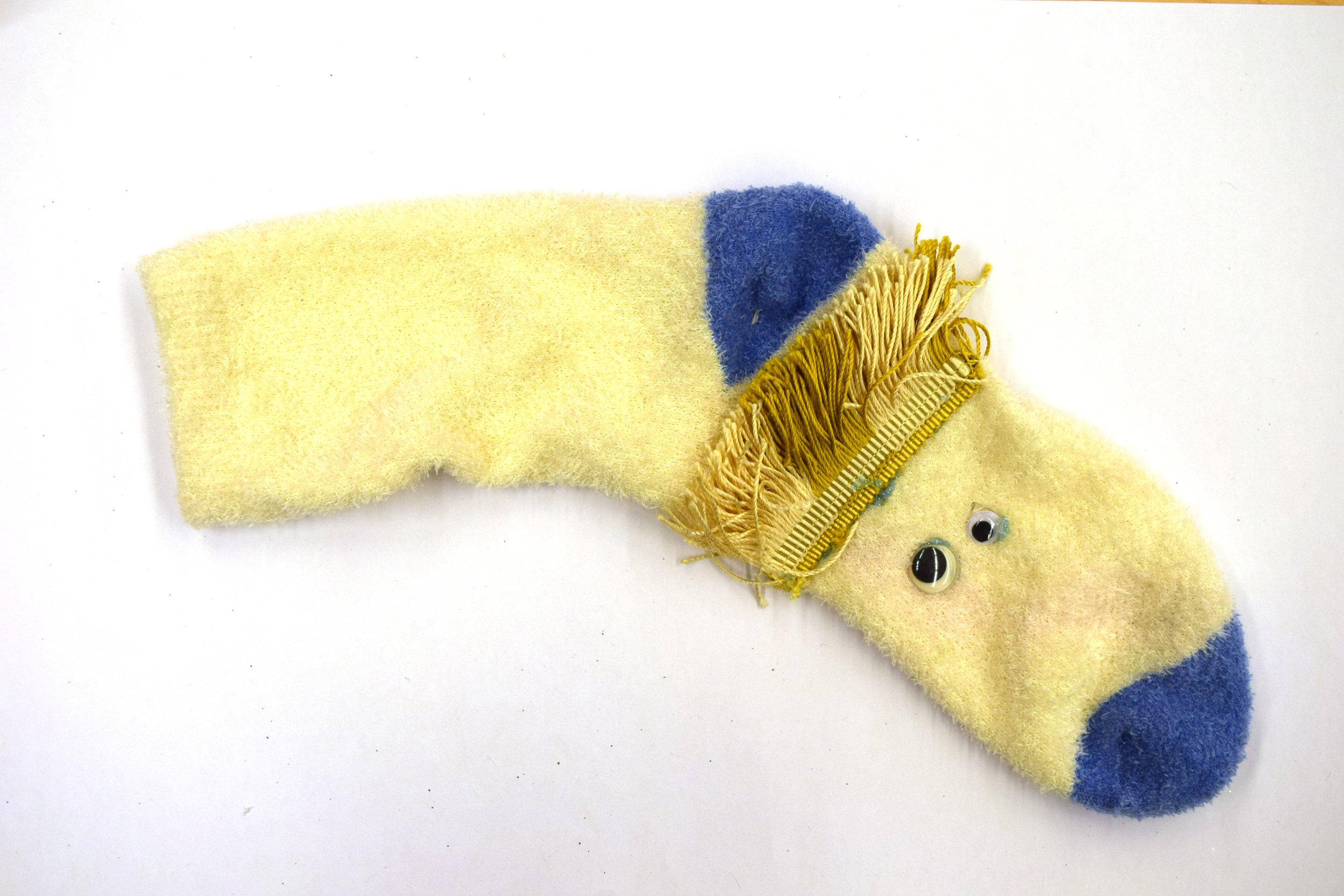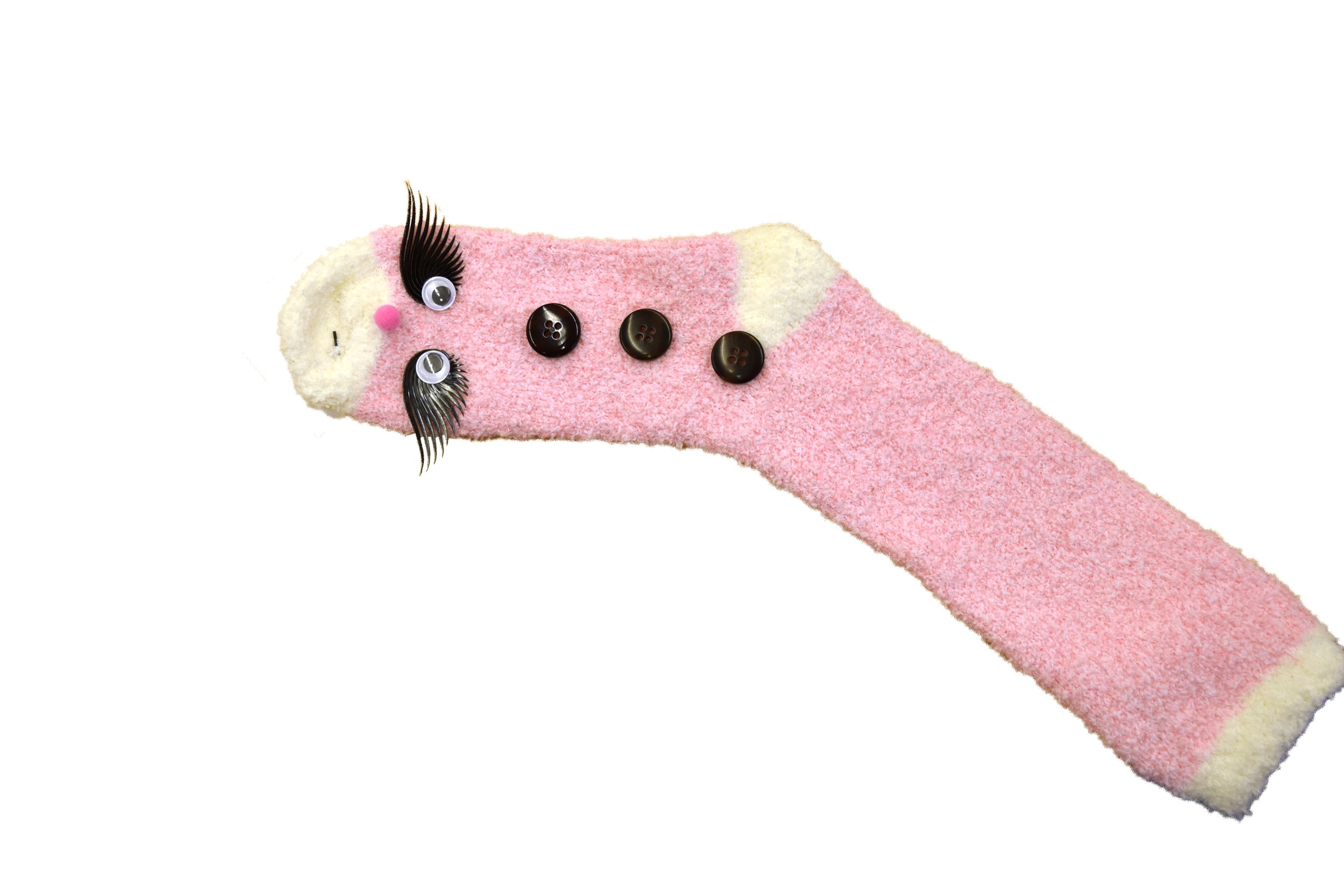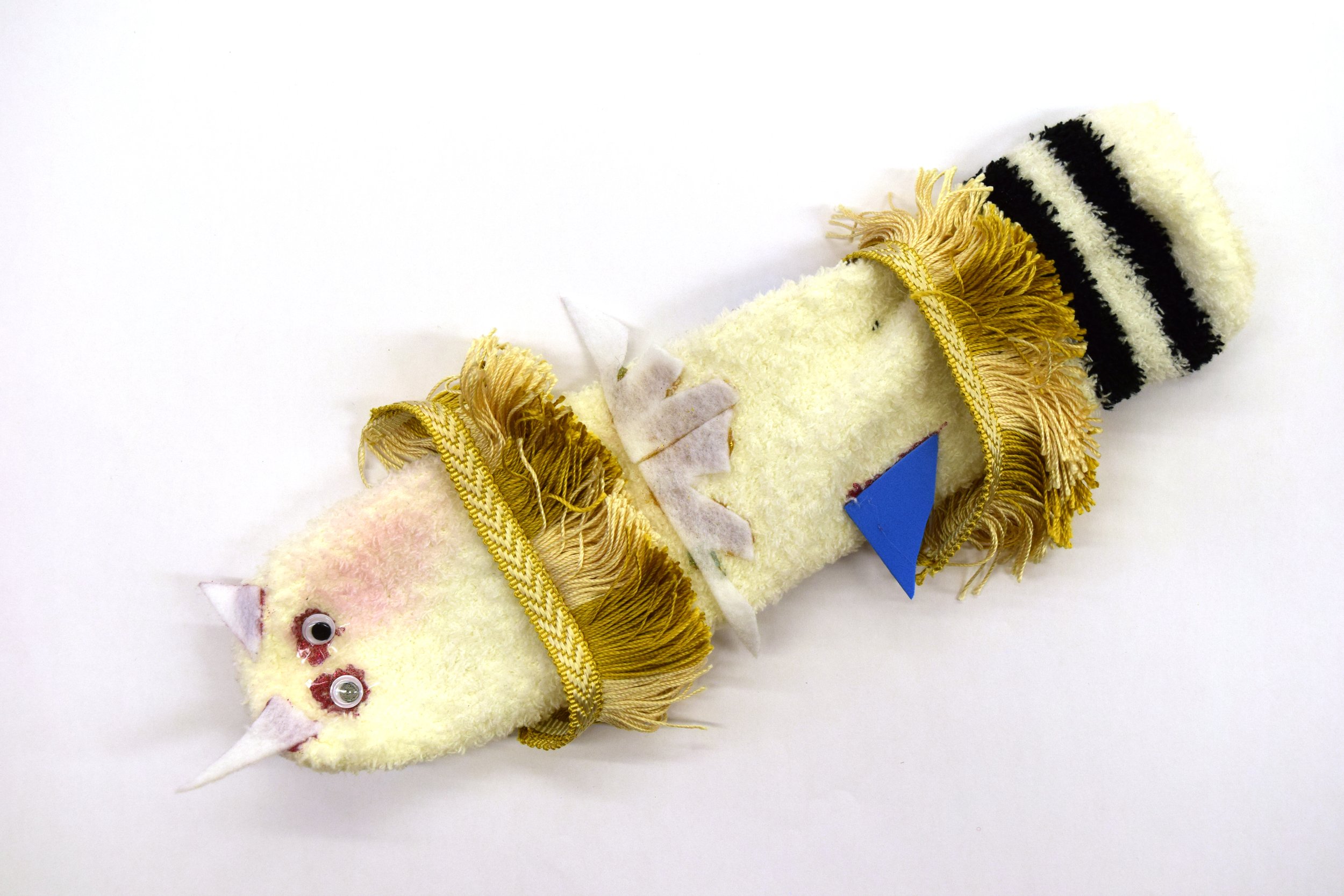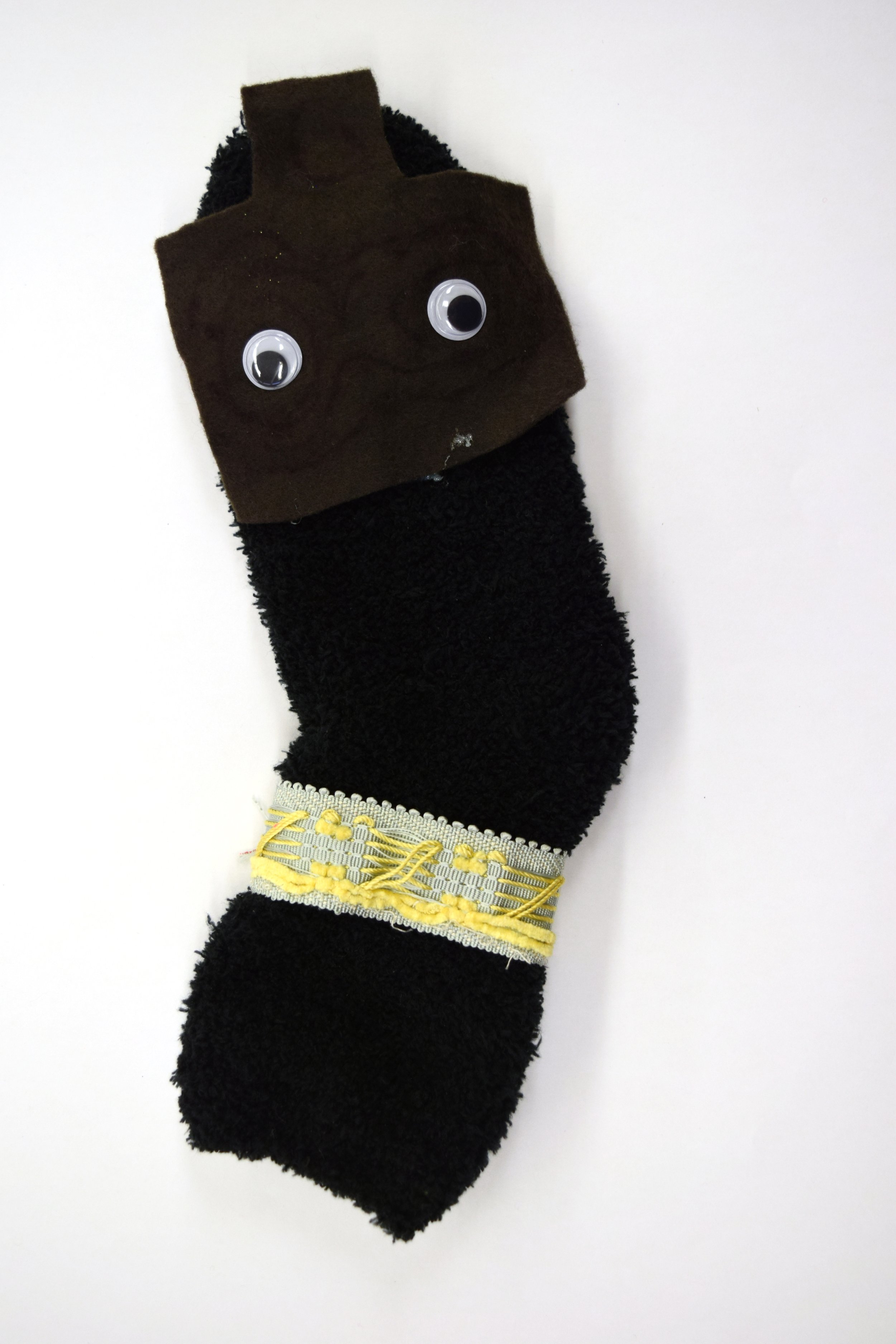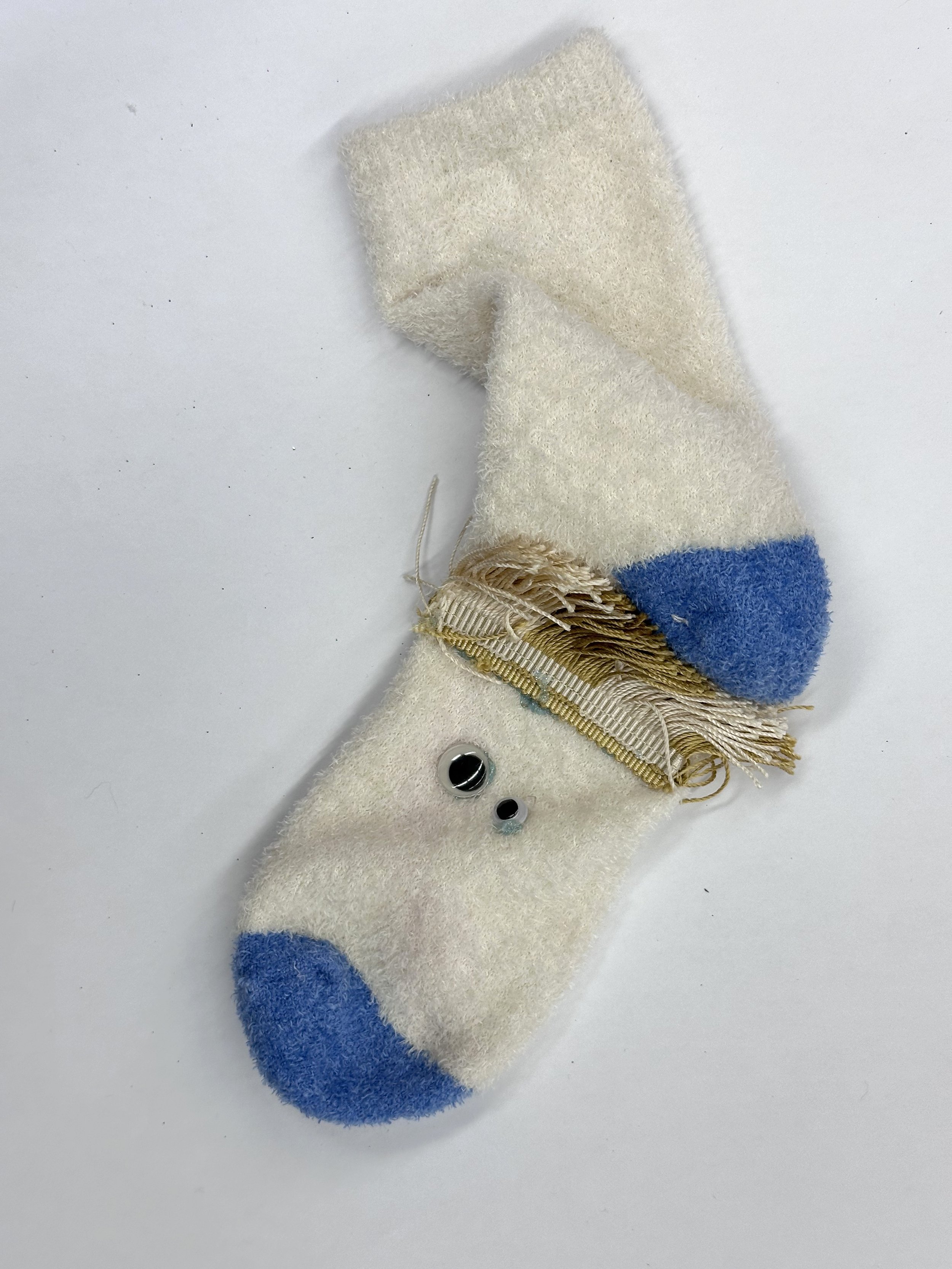Discovery and Play
“The most successful artmaking involves an element of discovery and play. With art, we actively explore materials – how they work, what kind of vision can we create with them, even the mess we make can be a learning experience. All these small engagements anchor us and teach us how to observe each other and the world we live in.”
Making an “imaginary friend” at The William Lynch School
Tactile Learning
Tactile learning is a natural approach for younger learners. It captures the attention of the squirmiest of students, making lessons more fun and also more memorable. Tactile learning engages multiple senses and different learning styles through hands-on activities.
Thanks to the support of City Council Member Shaun Abreu through two Cultural After-School Adventures designations, Creative Art Works is offering hands-on art programs to primary school students in Harlem. At PS 192, students in grades three through five are participating in a puppetry & storytelling program. At The William Lynch School, students in kindergarten through second grade are participating in a literacy-based mixed media program that includes a unit on puppets.
Reading a story helps kindergarten students transition from the end of the school day and prepare to focus on making art.
Preparing to focus
To help younger students transition to after-school activities, every art class at The William Lynch School starts off with a movement exercise followed by storytime. As students were preparing to perform with their puppets, CAW Teaching Artist Colleen Kong-Savage chose Dooby Dooby Moo by Doreen Cronin and illustrated by Betsy Lewin, a picture book about barnyard animals who enter a talent contest at the county fair. Afterwards, Colleen and Teaching Artist Assistant-in-Training Steph Diaz improvised a brief puppet shoe to model what a performance looks like. All of these preliminary activities served a vital purpose as they helped students prepare emotionally, physically, and mentally for that day’s activity.
After students put the finishing touches on their sock puppets (or imaginary friends as Colleen likes to call them), they were then paired up with classmates to practice their own puppet shows. Most of these were quite playful and some a bit mischievous, as one might expect from kindergarten students — one performance dissolved into giggles as a character “devoured” all their friends.
Paper Plate puppets at the PS 192 Culminating Event for
A Joyful Finale
At PS 192, Teaching Artist Maham Khwaja and Teaching Artist Assistant Becky Schuman wrapped up the puppetry & storytelling program with a culminating event. The celebration featured an assortment of puppets created over the course of five months, as well as some spontaneous puppet shows. Friends and family who turned out for this event were agog at the imaginative and wide variety of characters on display.
As the students were leaving the event, Maham reflected “The kids go home and they’re talking about the program. They’re asking ‘Are we going to be able to do this next year?’” And our youth surveys bear this out as well: All of the students (100%!) said that they were more excited to go to school on days when they had Creative Art Works after school and that they’d recommend a program like this one to their friends.
Puppets, sets and backdrops by students in grades 3-5 at PS 192
Sock puppets by kindergarten students at The William Lynch School.
Teaching Artists and Program Staff
PS 192
Maham Khwaja, Teaching Artist
Becky Schuman, Teaching Artist Assistant
The William Lynch School
Colleen Kong-Savage, Teaching Artist
Steph Diaz, Teaching Artist-Assistant-in-Training
Program Staff
Donna Manganello, Program Manager
Ivory Nunez-Medrano, Program Manager | Teaching and Learning
Madeline De Léon, Program Associate
This program is supported, in part, by public funds from the New York City Department of Cultural Affairs in partnership with the City Council and Council Member Shaun Abreu. This Creative Art Works program is also made possible, in part, by the New York State Council on the Arts with the support of the Office of the Governor and the New York State Legislature.
